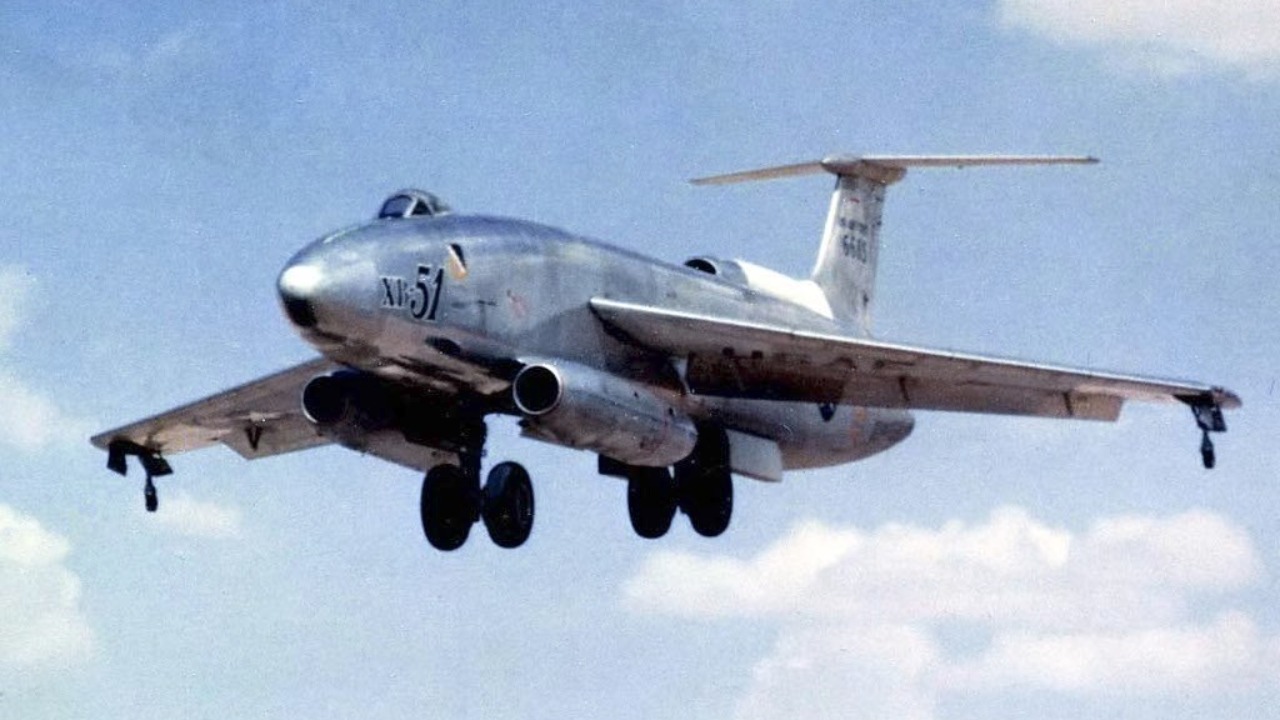
The Martin XB-51 was a revolutionary American jet bomber developed during the early 1950s that ultimately never entered active combat. Despite its innovative design and advanced features, the XB-51 was overshadowed by other aircraft of its era. This article delves into the fascinating history of this remarkable aircraft, exploring its design, development, and the reasons it never saw combat.
The Genesis of the XB-51
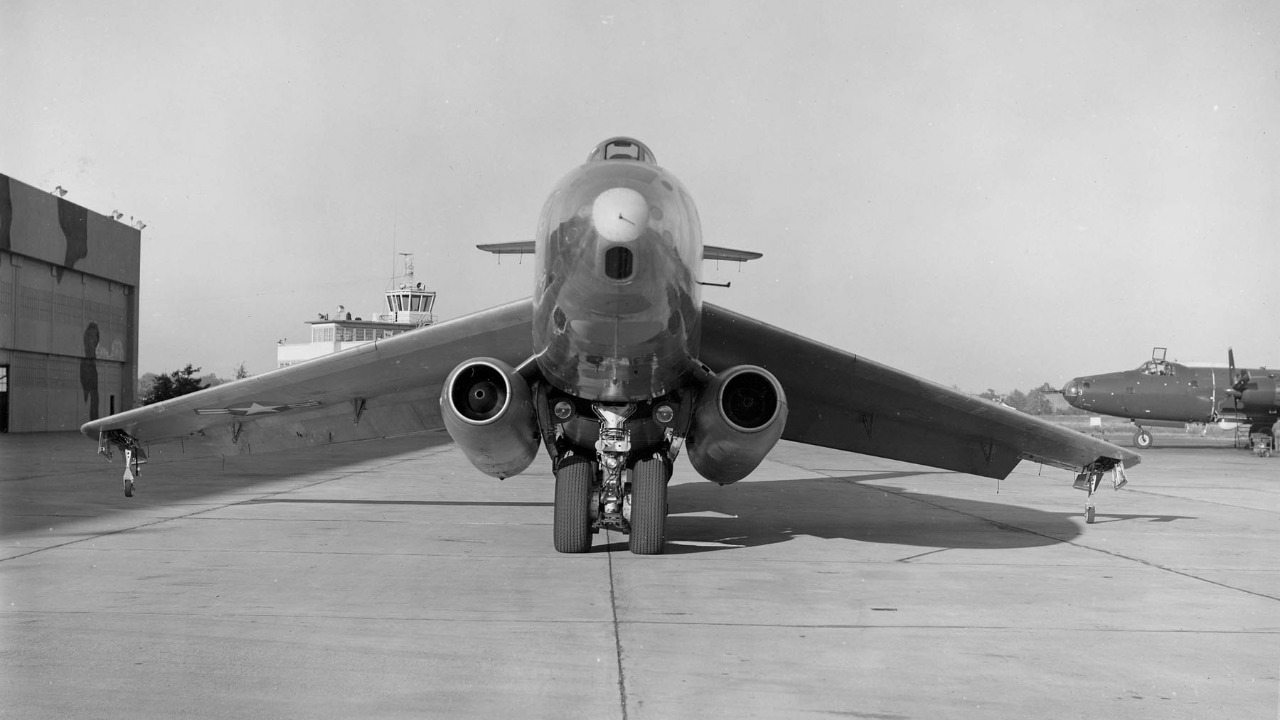
Origins and Design Objectives
The origins of the Martin XB-51 trace back to the U.S. Air Force’s post-World War II needs. The military sought a fast, low-altitude tactical bomber that could deliver nuclear and conventional ordnance with precision. The strategic landscape was shifting, and there was an intense focus on enhancing mobility and speed to counteract potential threats. The XB-51 was born from these requirements, aiming to fill a niche that combined tactical bombing capabilities with rapid deployment potential.
In response, the Martin Aircraft Company designed the XB-51. The project aimed to meet and exceed the Air Force’s demands, pushing the boundaries of engineering to deliver a bomber capable of high-speed, low-altitude operations. It was a time of rapid technological advancement, and the XB-51 was at the forefront of this innovation wave.
Innovative Engineering
The XB-51’s engineering was nothing short of groundbreaking. It featured a distinct three-engine configuration, with two engines mounted on swiveling pods beneath the wings and the third embedded in the tail. This arrangement was not only unusual but also provided exceptional thrust and agility. The aircraft’s swept wings and variable incidence tailplane were advanced features designed to improve aerodynamic efficiency and control at high speeds.
Moreover, the XB-51 was equipped with a tricycle landing gear and a rotating bomb bay, allowing for rapid deployment of its payload. These features underscored the innovative approach the Martin Aircraft Company took, aiming to create an aircraft that could outperform its contemporaries in tactical bombing missions.
Development Challenges
Despite its promising design, the XB-51 faced numerous development challenges. The complexity of its engineering meant that testing was fraught with hurdles. The unconventional engine layout required extensive testing to ensure reliability and performance under various conditions. Additionally, the aircraft’s advanced systems demanded sophisticated maintenance procedures, which added to the logistical challenges.
These challenges were compounded by the evolving strategic priorities of the U.S. military. As testing proceeded, it became clear that while the XB-51 was a technological marvel, its operational deployment would require significant resources and adjustments to existing military infrastructure. These factors played a crucial role in shaping the fate of the XB-51.
Technological Innovations and Design Features
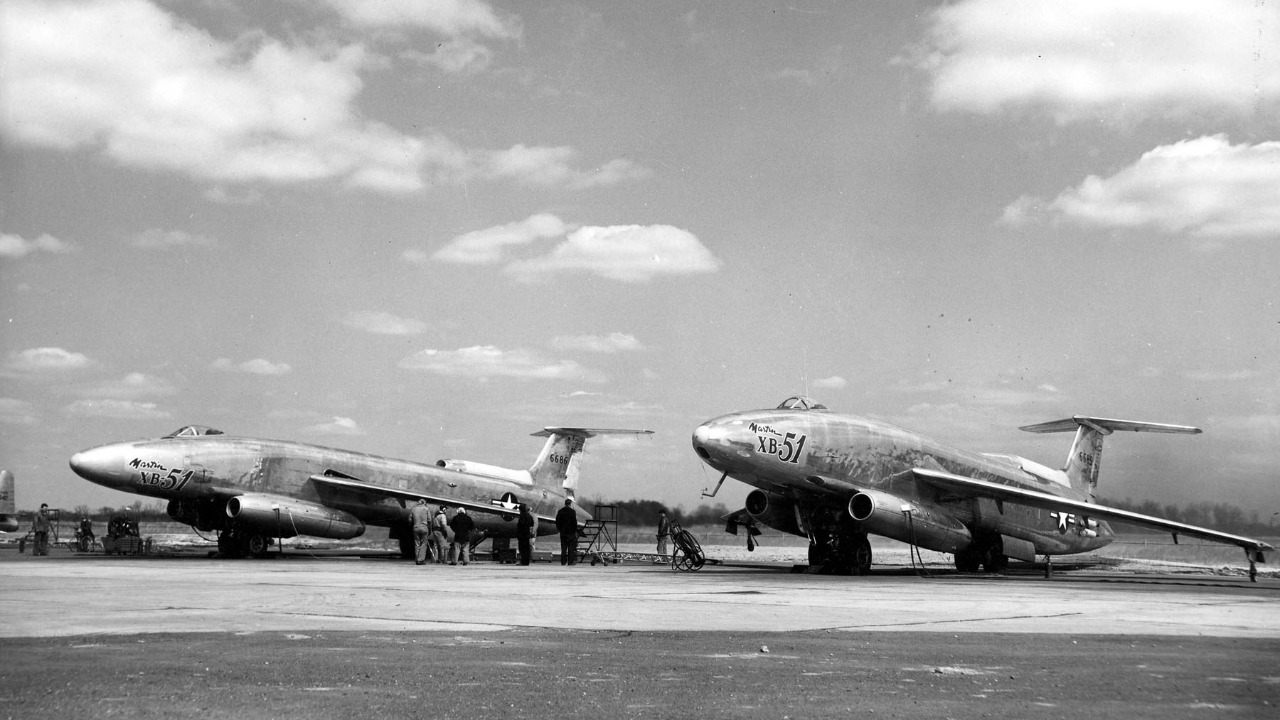
Advanced Aerodynamics
The aerodynamic design of the XB-51 was a leap forward in aviation technology. Its swept wings were designed to optimize airflow and reduce drag at high speeds, a critical feature for a tactical bomber operating at low altitudes. The variable incidence tailplane further enhanced the aircraft’s stability and control, allowing for precise maneuvers during missions.
This focus on aerodynamics was not just about speed; it was about creating an aircraft capable of executing complex tactical operations with agility and precision. The XB-51 was capable of rapid altitude changes and tight turns, making it a formidable asset in the tactical bombing role.
Engine Configuration and Performance
The decision to utilize three General Electric J47 engines was a key factor in the XB-51’s performance. This engine configuration provided the necessary thrust for high-speed operations while maintaining fuel efficiency. The swiveling wing-mounted engines allowed for enhanced maneuverability, a feature that set the XB-51 apart from other bombers of its time.
However, this advanced configuration also required rigorous testing and development to ensure reliability. The performance gains were significant, but they came with the challenge of maintaining complex systems in operational conditions. Despite these hurdles, the XB-51’s engine setup was a testament to the innovative spirit of its designers.
Cockpit and Avionics
The XB-51’s cockpit was designed with the pilot’s needs in mind, incorporating state-of-the-art avionics that were ahead of its time. The layout was intuitive, providing easy access to controls and instruments crucial for mission success. The avionics systems included advanced navigation and targeting capabilities, essential for a tactical bomber operating in varied environments.
This focus on cockpit and avionics design demonstrated the emphasis on creating a pilot-friendly aircraft that could execute missions with precision. The XB-51’s systems were a precursor to many of the technologies that would become standard in later military aircraft designs.
Testing and Evaluation
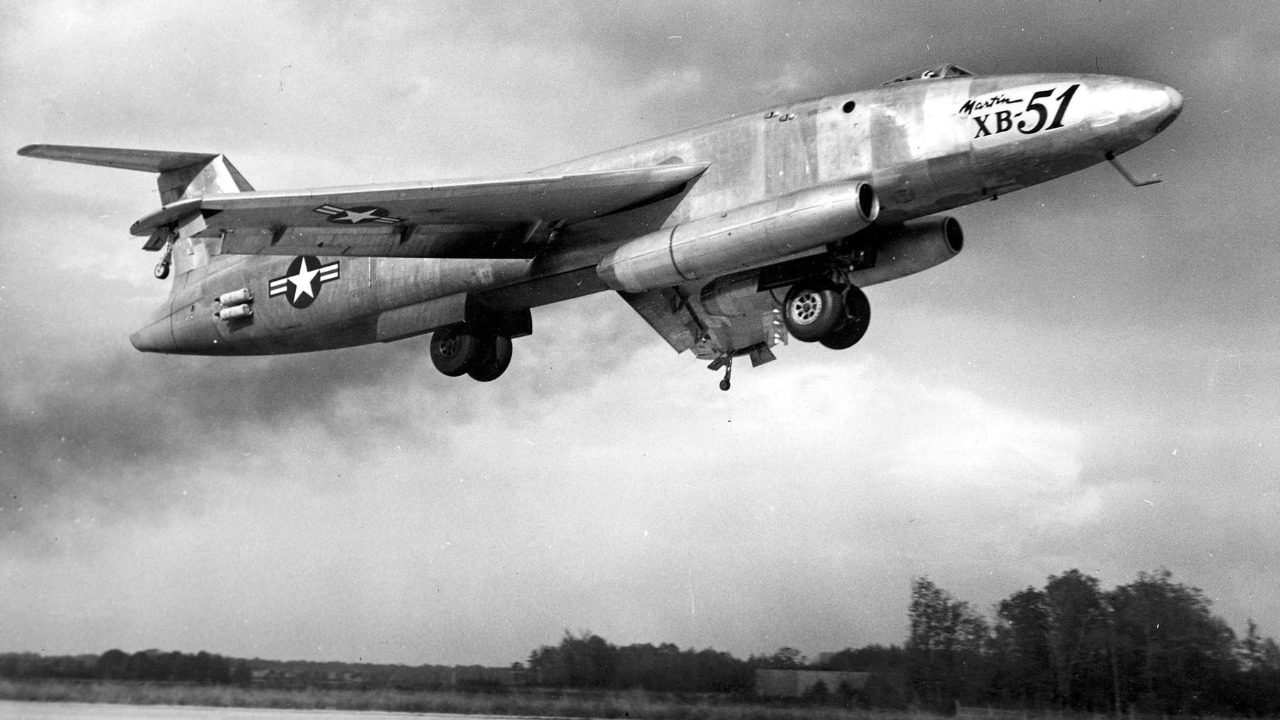
Flight Testing Milestones
The XB-51’s flight testing program was a series of milestones that demonstrated its potential and limitations. The aircraft’s maiden flight took place on October 28, 1949, marking the beginning of an extensive evaluation process. Over the course of its testing, the XB-51 proved its capabilities, achieving impressive speeds and demonstrating remarkable agility.
Subsequent evaluations focused on refining its systems and addressing the challenges identified during initial tests. These efforts were crucial in assessing the XB-51’s viability as a tactical bomber, revealing both its strengths and areas for improvement.
Performance Assessments
The performance assessments conducted by the Air Force highlighted the XB-51’s capabilities and limitations. While it excelled in speed and maneuverability, certain operational constraints were identified. The aircraft’s complex systems required careful maintenance, and its unconventional design presented challenges in terms of integration with existing military infrastructure.
Despite these challenges, the XB-51’s performance during testing demonstrated its potential as a tactical bomber. However, comparisons with competing models revealed areas where the XB-51 fell short, influencing the decision not to proceed with production.
Operational Limitations
During testing, several operational limitations emerged that impacted the XB-51’s prospects. The aircraft’s advanced features, while impressive, required significant resources for maintenance and support. Additionally, the evolving strategic needs of the U.S. military led to a reevaluation of priorities, with a focus on aircraft that could offer greater versatility and ease of integration.
These limitations ultimately contributed to the decision not to deploy the XB-51, despite its innovative design and technological advancements. The aircraft’s complexity and the changing strategic landscape proved significant factors in its fate.
The Decision Not to Deploy
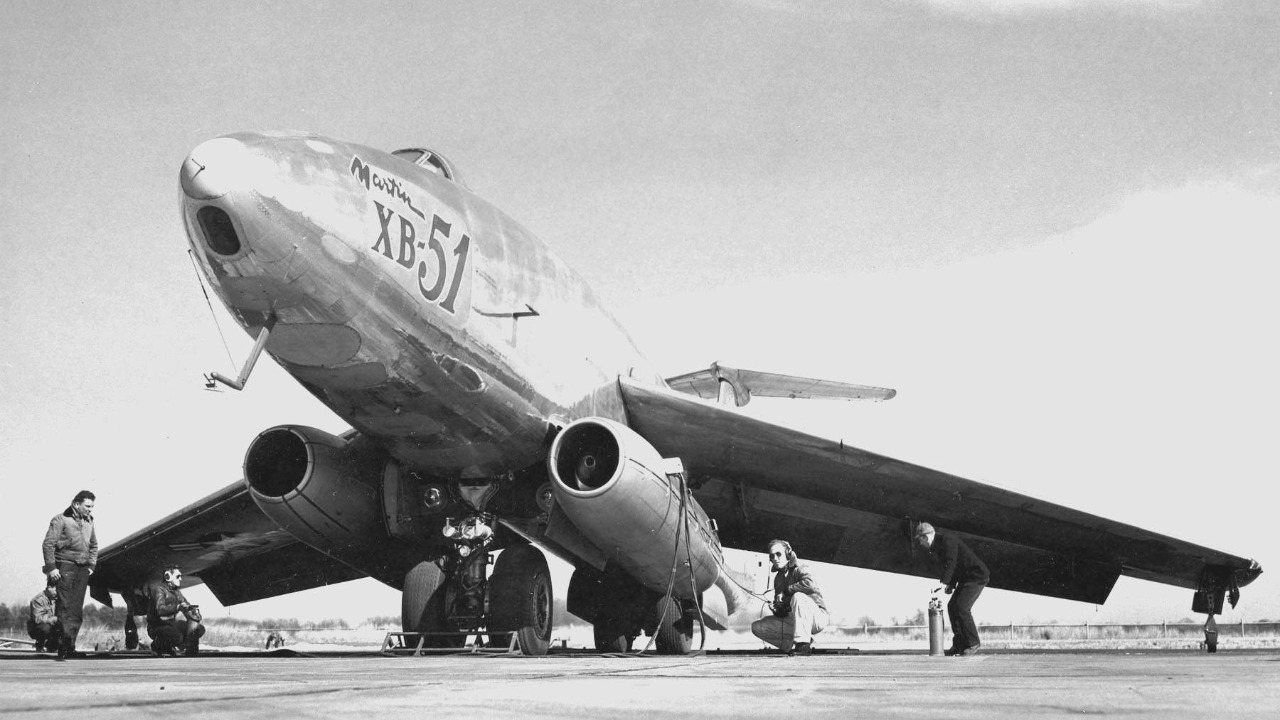
Competing Aircraft
The XB-51 faced stiff competition from other aircraft, most notably the English Electric Canberra. The Canberra offered a combination of performance, versatility, and ease of production that appealed to military planners. Its ability to meet the strategic requirements of the time with fewer logistical challenges made it a more attractive option.
The competition highlighted the challenges the XB-51 faced in securing a production contract. While it was a technological marvel, the practical considerations of military deployment favored the Canberra, leading to the decision not to proceed with the XB-51.
Strategic Shifts in U.S. Military Needs
During the 1950s, the U.S. military underwent significant strategic shifts that influenced the fate of the XB-51. The focus moved towards aircraft that could offer greater strategic flexibility and meet the evolving demands of Cold War-era conflicts. This shift prioritized multi-role aircraft capable of performing a variety of missions, reducing the emphasis on specialized tactical bombers.
These strategic changes meant that the XB-51, with its specialized capabilities and complex systems, was no longer aligned with the military’s evolving needs. This realignment played a crucial role in the decision not to deploy the aircraft.
Legacy and Impact
Despite its lack of deployment, the XB-51 left a lasting legacy in the field of military aviation. Its innovative design and advanced systems influenced subsequent aircraft development, particularly in the realm of tactical and reconnaissance aircraft. The lessons learned from its testing and evaluation contributed to the evolution of aviation technology.
The XB-51’s impact is evident in the design and capabilities of later aircraft, showcasing its role as a pioneer in military aviation. Its story is a reminder of the challenges and triumphs of technological innovation in the pursuit of military advancement.
Cultural and Historical Significance
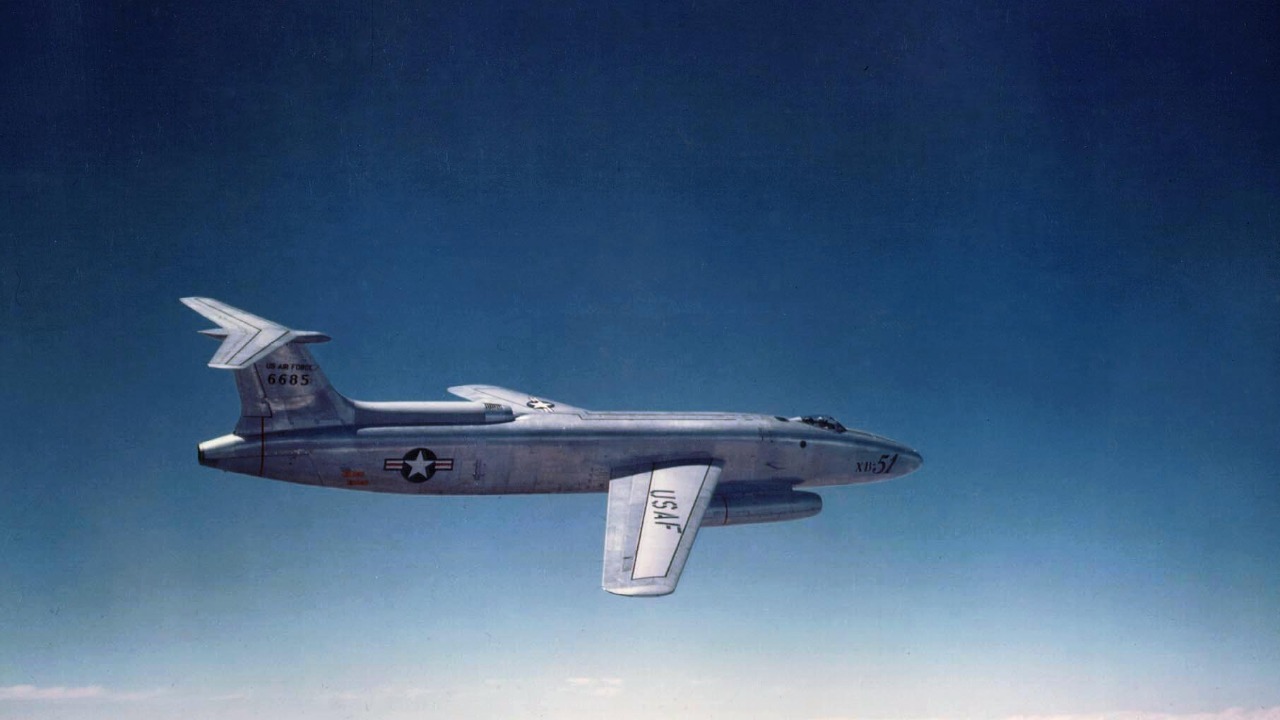
Media and Public Perception
The XB-51 captured the imagination of the media and public during its development, with its futuristic design and advanced capabilities making headlines. However, its cancellation led to a shift in perception, as the aircraft became a symbol of unfulfilled potential in the annals of aviation history.
Despite this, the XB-51 remains a subject of fascination for aviation enthusiasts and historians. Its story is a testament to the ambitious spirit of its era, reflecting the challenges and opportunities of post-war technological innovation.
Influence on Future Aircraft Design
The influence of the XB-51 on future aircraft design is evident in the development of subsequent bombers and reconnaissance aircraft. Its advanced features, such as the swept wings and innovative engine configuration, served as inspiration for later designs. The lessons from the XB-51’s testing and development informed the evolution of military aviation, contributing to the advancement of technology and design principles.
As a result, the XB-51’s legacy extends beyond its operational prospects, influencing the trajectory of aircraft design and innovation in the decades that followed.
Preservation and Documentation
Efforts to preserve the history of the XB-51 are ongoing, with documentation and surviving artifacts serving as a testament to its significance. Aviation museums and literature continue to celebrate its contributions to military aviation, ensuring that its story remains part of the broader narrative of technological advancement.
The XB-51’s place in aviation history is secure, with its innovative design and impact on future aircraft serving as a reminder of the challenges and triumphs of technological progress. Its story is preserved through various efforts to document and celebrate its contributions to the field of aviation.